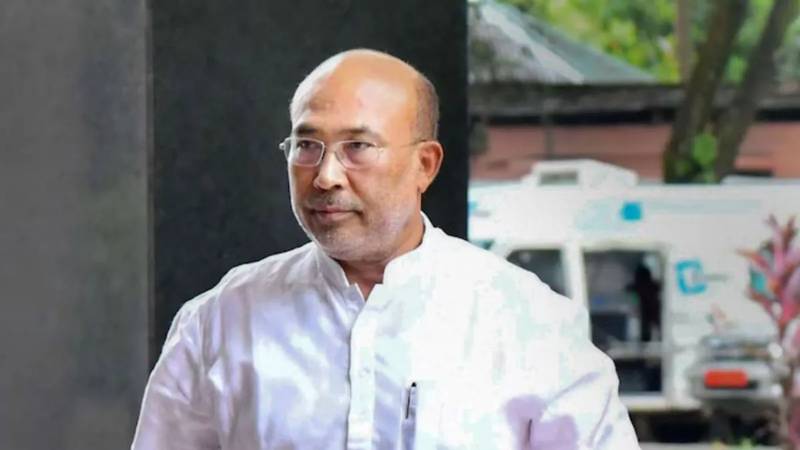
Ensure pay parity in realty sector
They build our dams, lay our railway tracks and raise our houses brick by brick, rubbing shoulders with their male brethren under the red-hot sun. But when it comes to wages, women in the construction sector are a much neglected lot.
A report by consulting firm Primus Partners and World Trade Centre on ‘Unleashing women’s power in the real estate sector’ paints a truly sorry picture of informal women workers in the construction and real estate sectors, saying they earn 30-40 per cent less than male workers, a pointer to the gross gender inequality prevailing in this industry. And more glaring is the fact that of the total people employed in the industry, only 12 per cent are women. Only 70 lakh women workers in a sector that employs 5.7 crores make sorry statistics.
Not that other workplaces in the country are shining models of gender equality – the bias runs deep in most other sectors where salaries for women are inevitably a notch lower for mysterious reasons no one can fathom. India obviously has a lot of catching up to do on the gender-equality front for the country has only 2 per cent women executives in construction companies against the UK’s 14 per cent and the US’s 7 per cent.
And there are a negligible number of them in managerial roles, again pointing to a discriminatory attitude when it comes to selection of executives for key positions. In fact, the report puts it plainly in black and white, saying that only 1-2 per cent of women reach toplevel management positions in the construction industry. So, from the women labourer in the under-construction building, sweating it out mixing mortar, to top-level executives in big biz firms, the bias is obvious. Not that the tasks they do are any less exacting and hazardous or involve less labour.
The jobs women do in this sector are labour intensive, cause health hazards and to top it all, do not fetch a remunerative pay that would bring cheer on their sunburnt faces. If a male construction worker gets Rs 600 a day, one can’t help wondering why a woman labourer should receive only Rs 400 when she works an equal number of hours. It is more than obvious that no serious attempt has hitherto been made to address this inequality in wages with governments, past and present, letting this glaring distortion in the sector, which is largely unorganised, continue uninterrupted.
How do we address this inequality in the nation’s second-largest industry after agriculture, which is growing in volumes and importance with each passing day in a developing economy? Campaigns for gender inclusion, a close monitoring of the wages women are given in comparison to their male counterparts and the imparting of skills that can make women assume any role men do in the industry, will go a long way in ushering in pay parity.
A better pay pack for women will no doubt help lift the spirits of all those at home; for she is the pillar of the family, cooking and caring for each member and making sure they get their due share of food and attention. This is one area where even the government has a role to pay by insisting on a pay structure that does not discriminate. For if the lot of women improve, it is sure to lead to a general improvement in social well-being, as history has proved time and again.
 English daily published in Bengaluru & Doha
English daily published in Bengaluru & Doha






